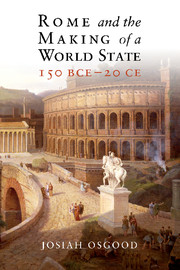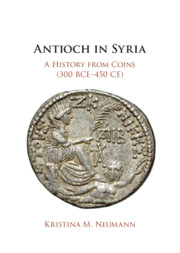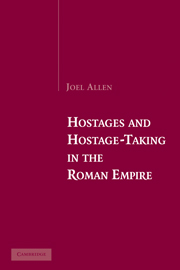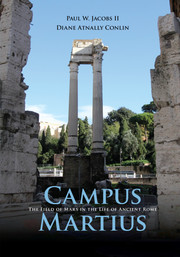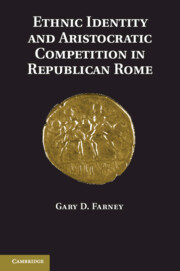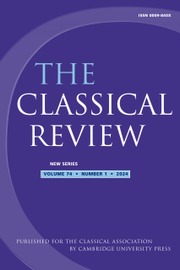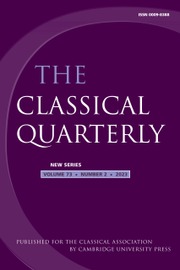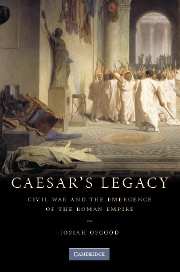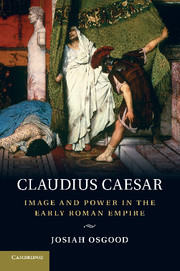Rome and the Making of a World State, 150 BCE–20 CE
In the century following 150 BCE, the Romans developed a coherent vision of empire and a more systematic provincial administration. The city of Rome itself became a cultural and intellectual center that eclipsed other Mediterranean cities, while ideas and practices of citizenship underwent radical change. In this book, Josiah Osgood offers a new survey of this most vivid period of Roman history, the Late Republic. While many discussions focus on politics in the city of Rome itself, his account examines developments throughout the Mediterranean and ties political events more firmly to the growth of overseas empire. The volume includes a broad overview of economic and cultural developments. By extending the story well beyond the conventional stopping date of Julius Caesar's assassination in 44 BCE, Osgood ultimately moves away from the old paradigm of the fall of the Republic. The Romans of the Late Republic emerge less as the disreputable gangsters of popular imagination and more as inspired innovators.
- Offers a new, more positive view of the Late Roman Republic, challenging the entrenched idea that the Late Republic was a period of inexorable decline
- Gives a clear narrative of political history while also introducing major economic and cultural developments, allowing students to learn of up-to-date research in the field and the different approaches historians take
- Provides many maps and illustrations, demonstrating how material evidence is important for our understanding of Roman history
Reviews & endorsements
'[Osgood]. has given an important new twist to the story of the fall of the Roman republic. His analysis will be widely welcomed.' Classics For All
'The whole of the book consists of less than 300 pages of highly journalistic prose that chronicles the life of the age in alternately animated details and general sketches. The novelist James Fenimore Cooper wrote that history is 'apt to surround her heroes with an atmosphere of imaginary brightness …' which if not true in general, is certainly true of this book. Household names like Julius Caesar, Pompey, Cleopatra, and Catullus appear in Technicolor-brightness alongside amusing-yet-unloved figures like the mythologist Parthenius of Bithynia and Caesar's early political rival Domitius Ahenobarbus. Largely, the book reads … like a series of summaries for an action-packed TV series about the period, replete with engrossingly lurid details.' Michael Shindler, Providence
'This is well written, and an easy read even for those unfamiliar with Roman history and institutions in this period.' The NYMAS Review
Product details
June 2018Paperback
9781108413190
284 pages
234 × 156 × 13 mm
0.49kg
38 b/w illus. 10 maps 6 tables
Available
Table of Contents
- 1. From world power to world state: an introduction
- 2. The new world power: the Empire and imperial affairs (150–139 BCE)
- 3. The city of Rome: scene of politics and growing metropolis
- 4. The struggle for reform (150–104 BCE)
- 5. The spiral of violence (104–80 BCE)
- 6. Italy and the reinvention of Rome (150–50 BCE)
- 7. Rome between Republic and Empire: the stuck elephant (80–60 BCE)
- 8. Rival leaders and the search for power bases (66–50 BCE)
- 9. The course of empire: provincial government and society (90–50 BCE)
- 10. World city: society and culture in Rome (85–45 BCE)
- 11. War of the world (49–30 BCE)
- 12. Principate: government for the world state (30–-6 BCE)
- 13. The New Age: refashioning culture and society (30-5 BCE)
- 14. The world state tested (4 BCE–-20 CE).

